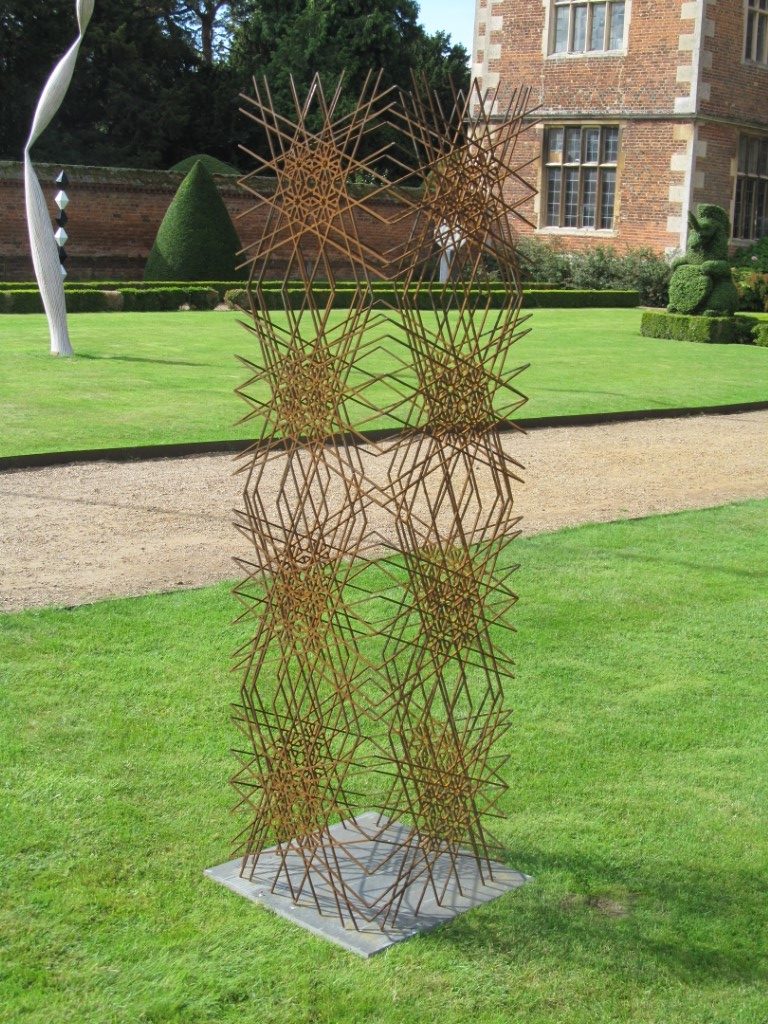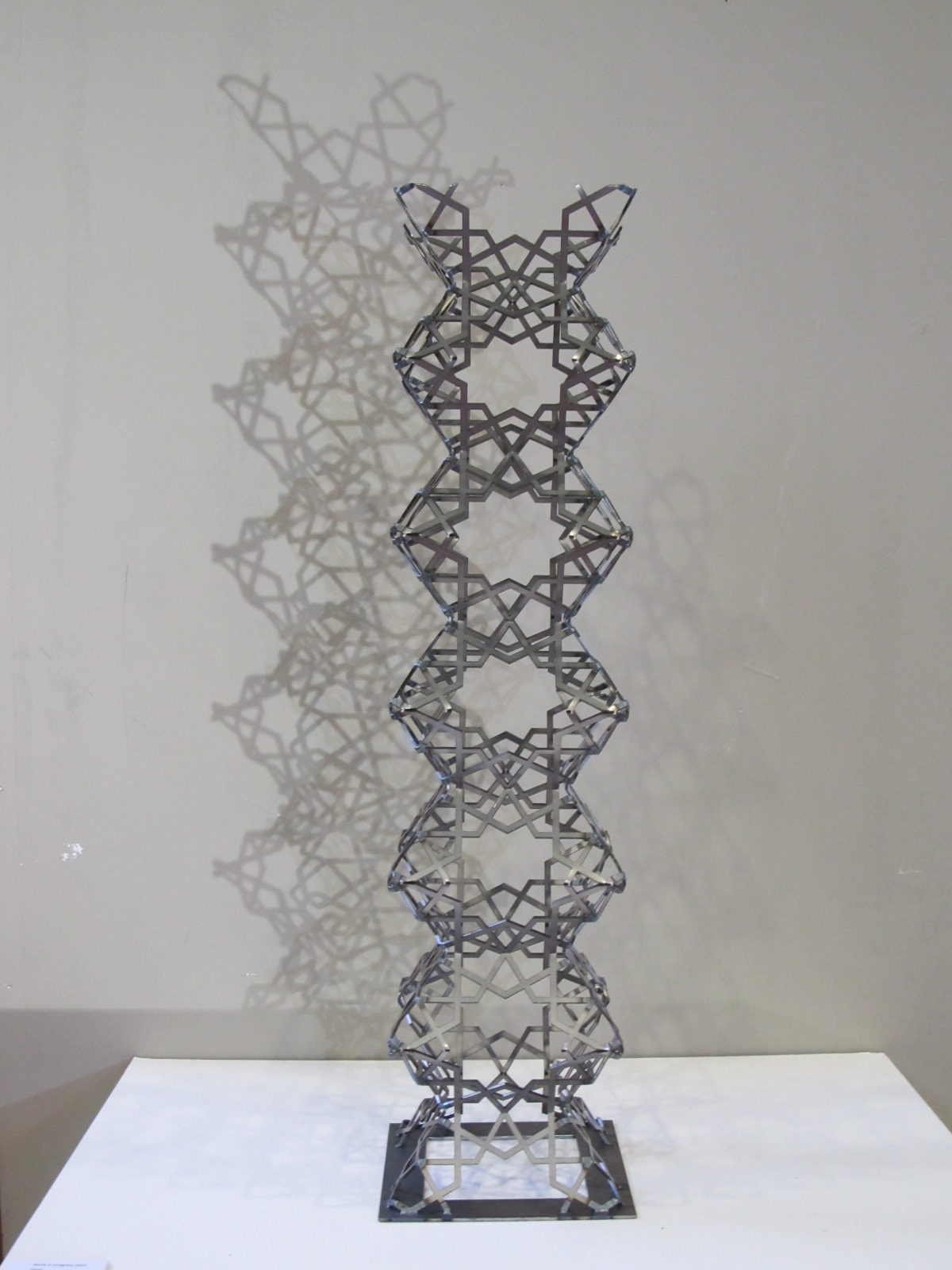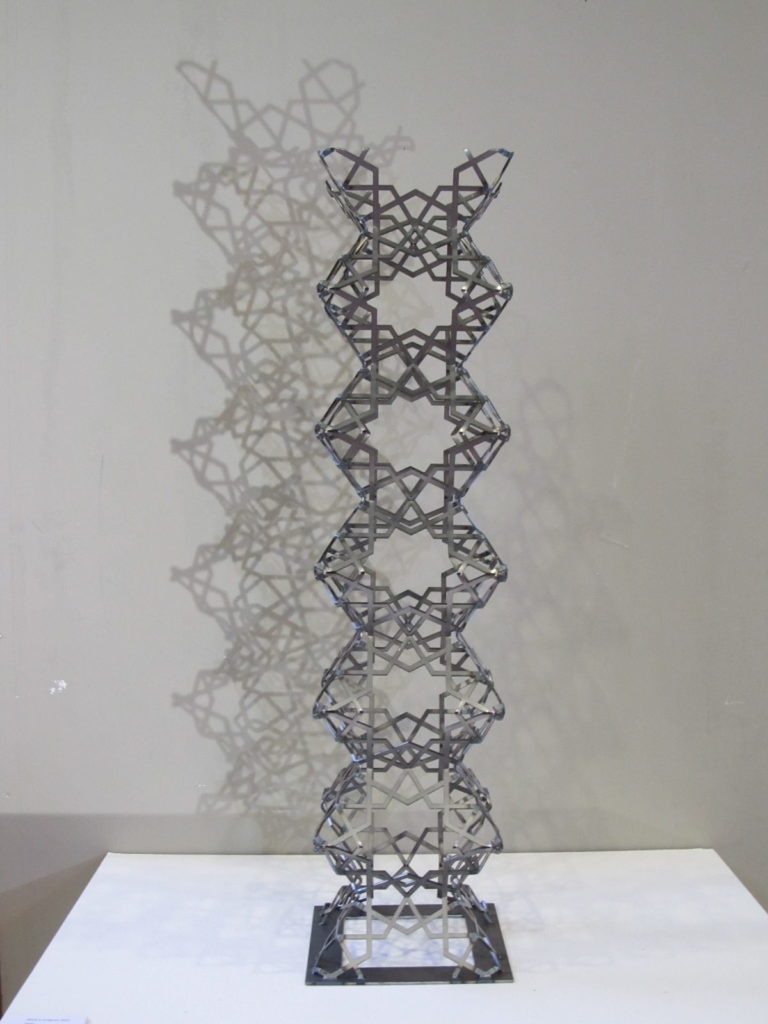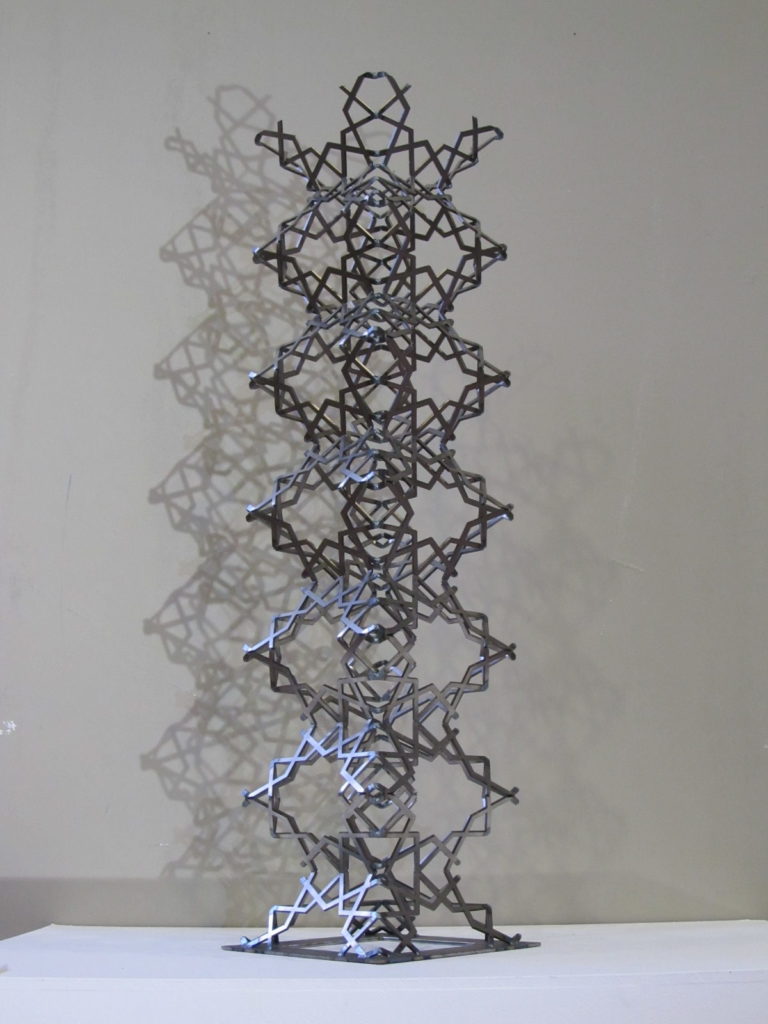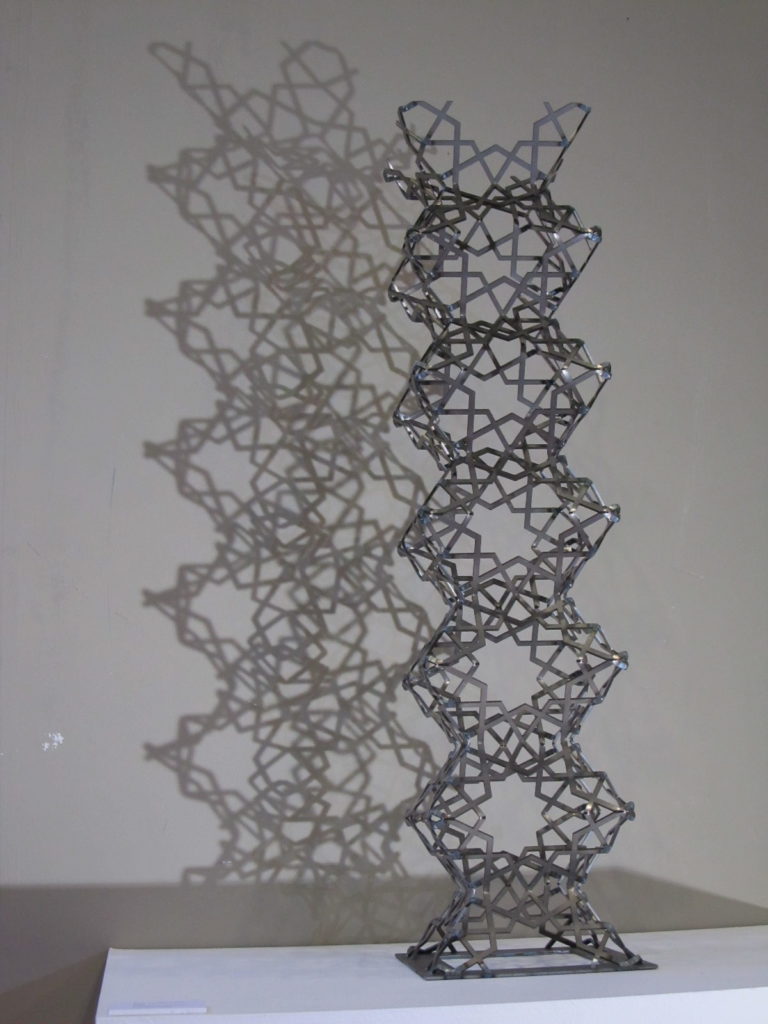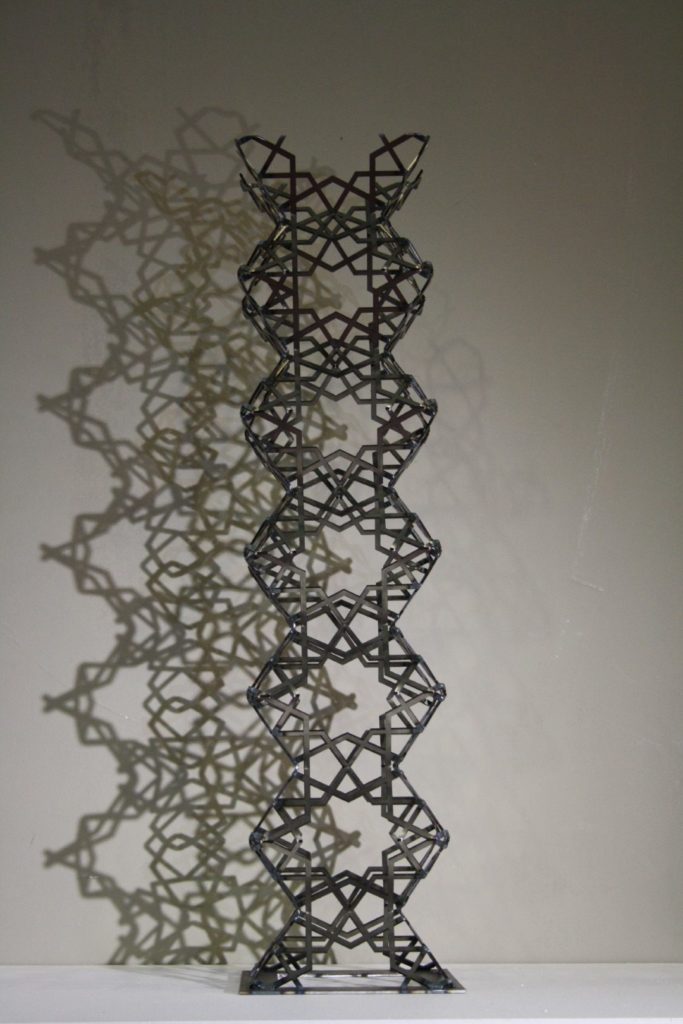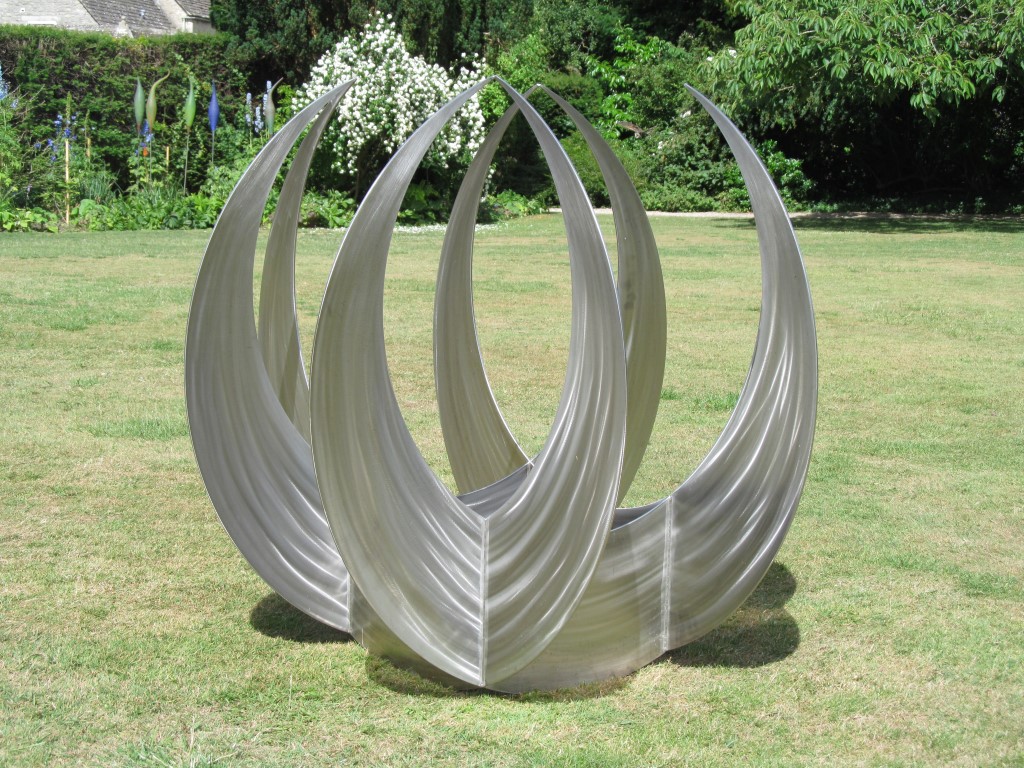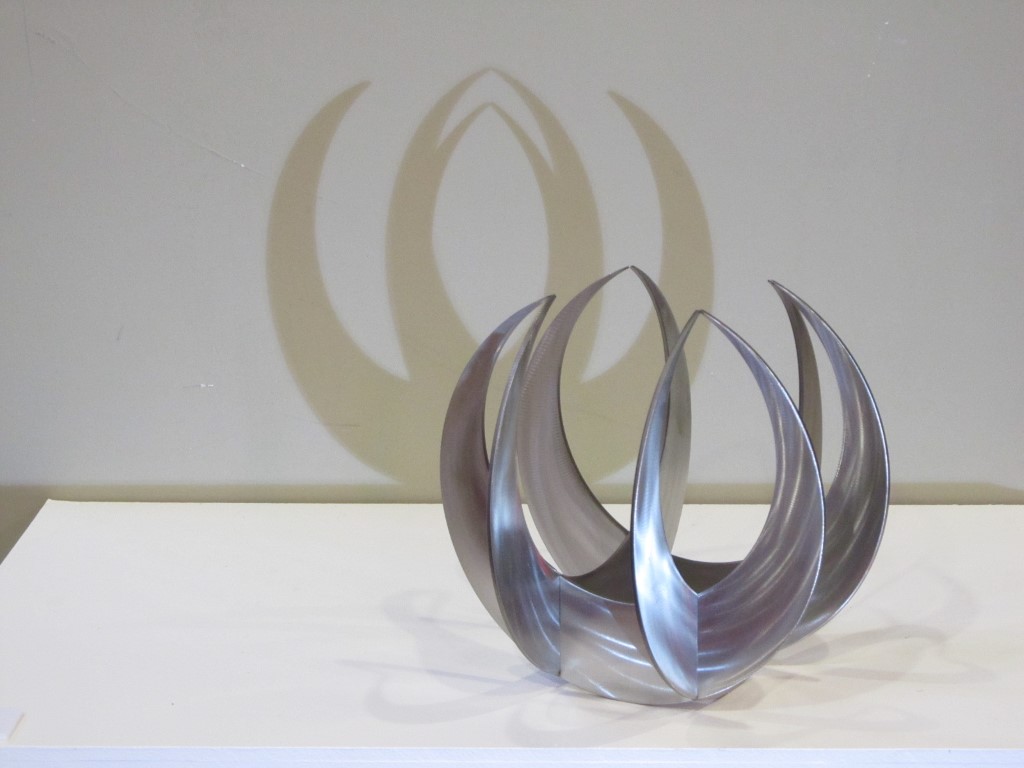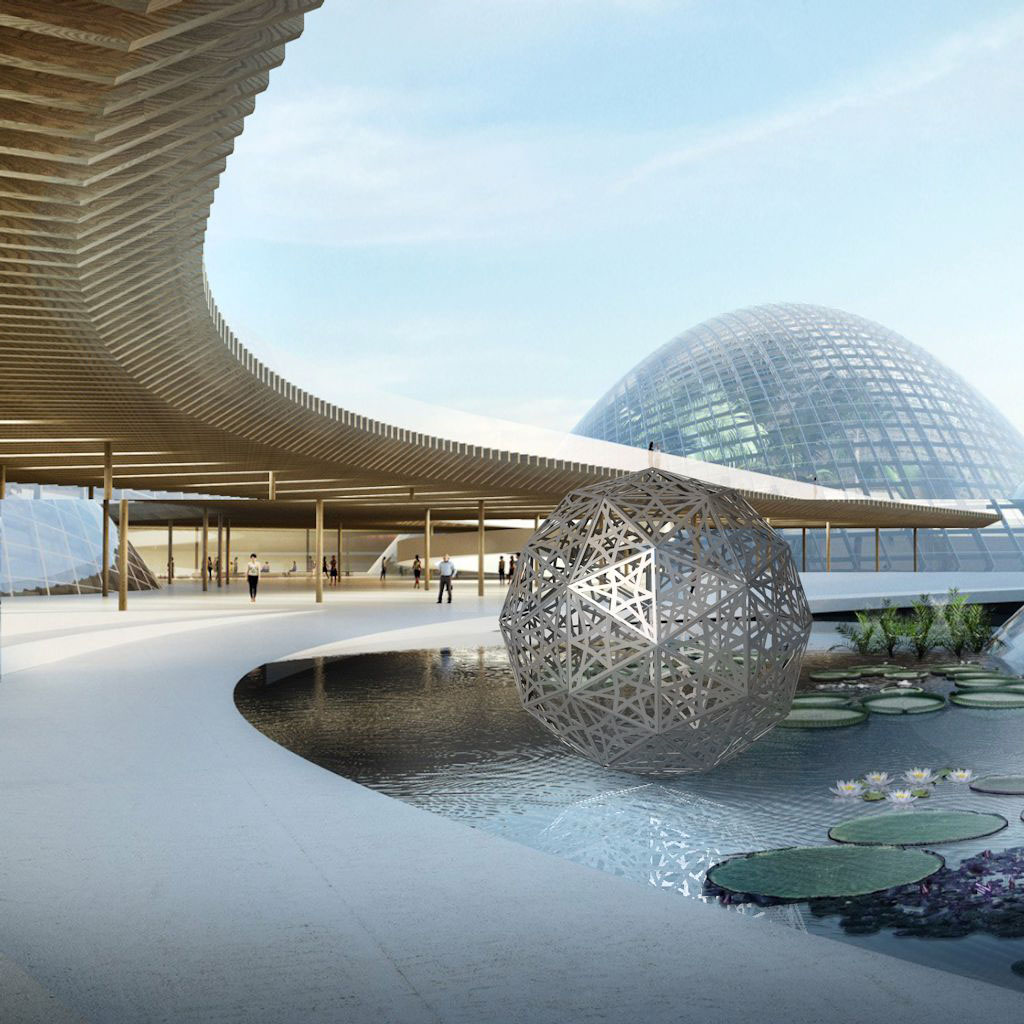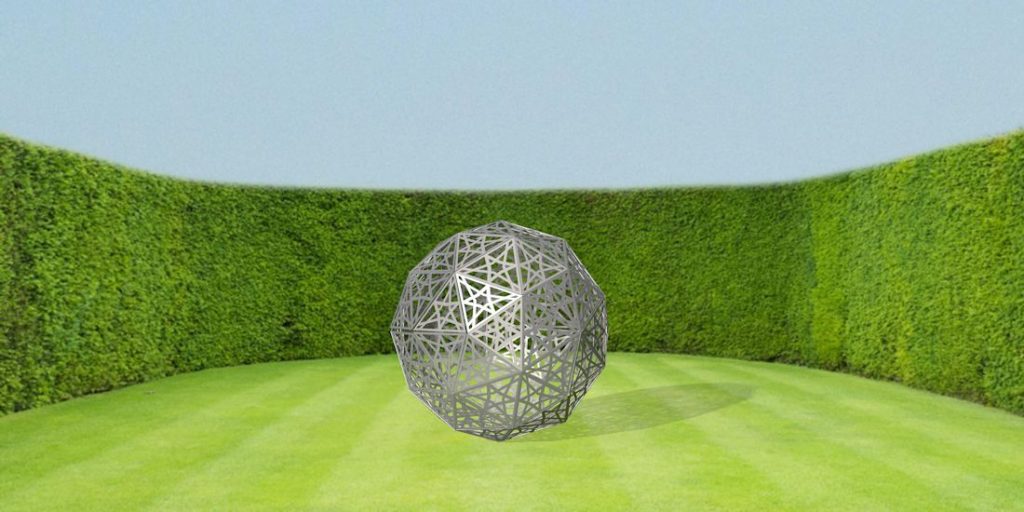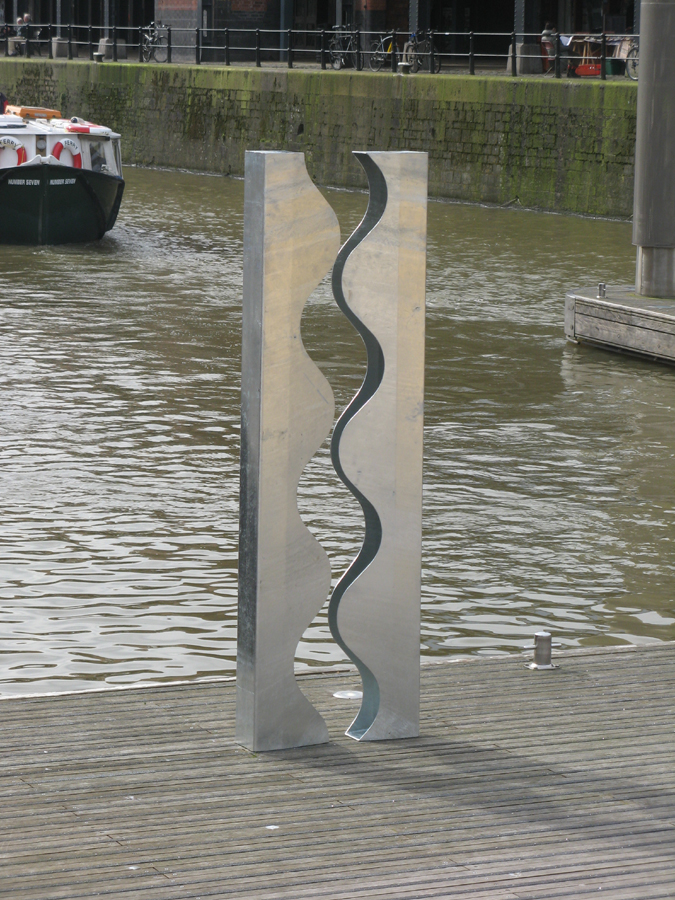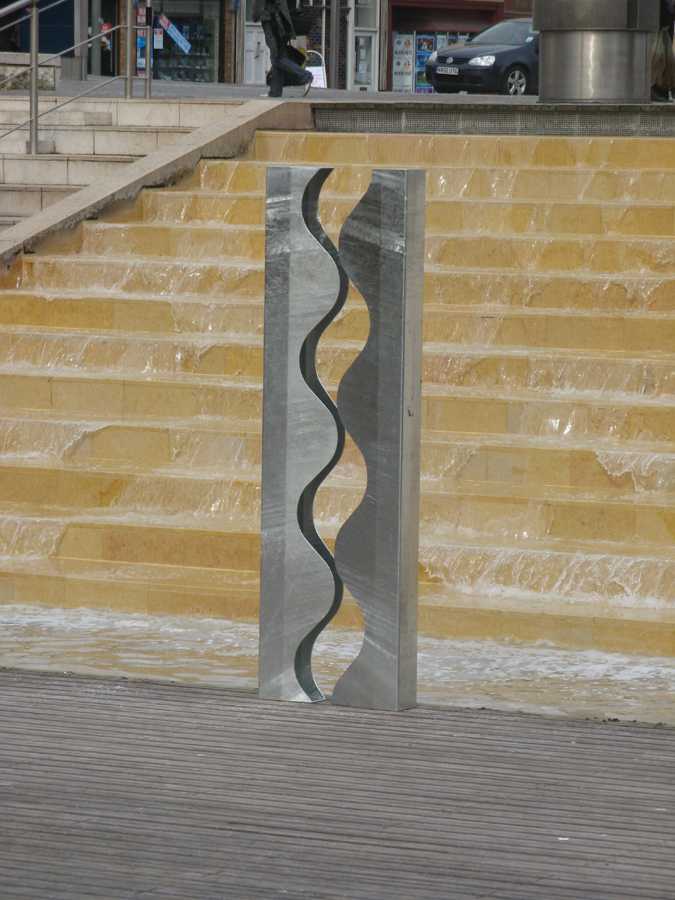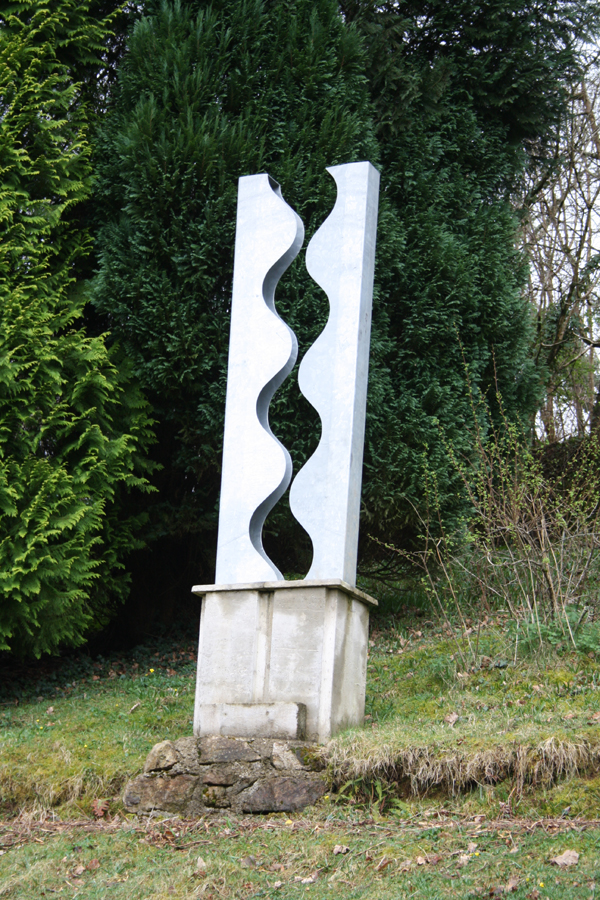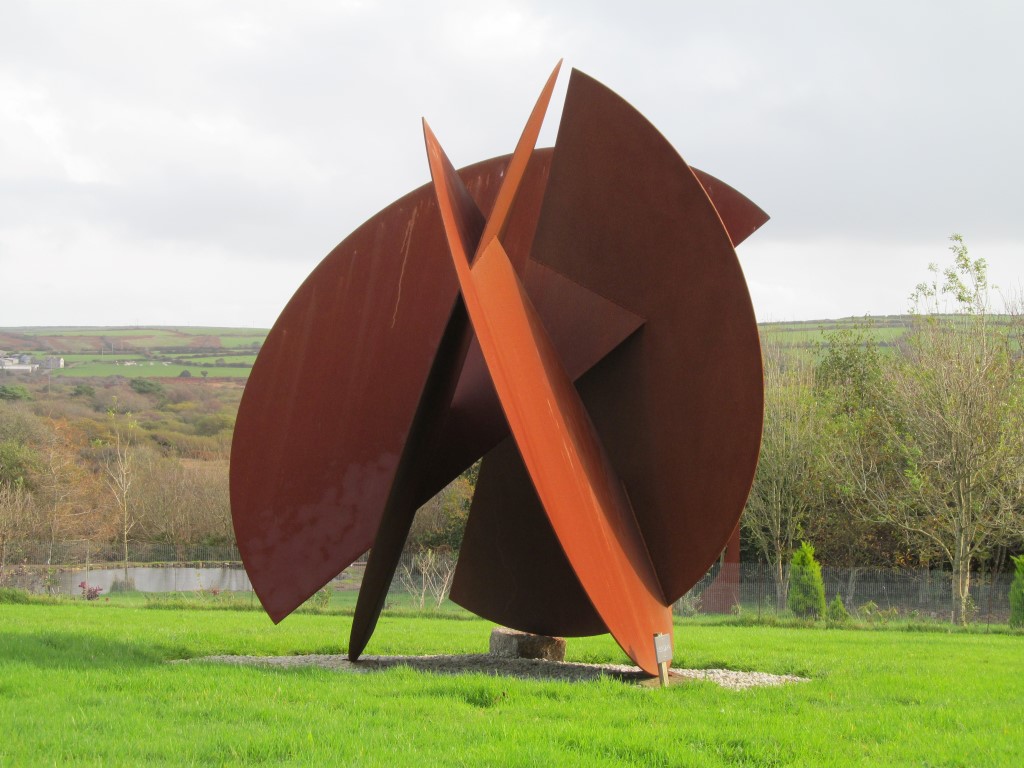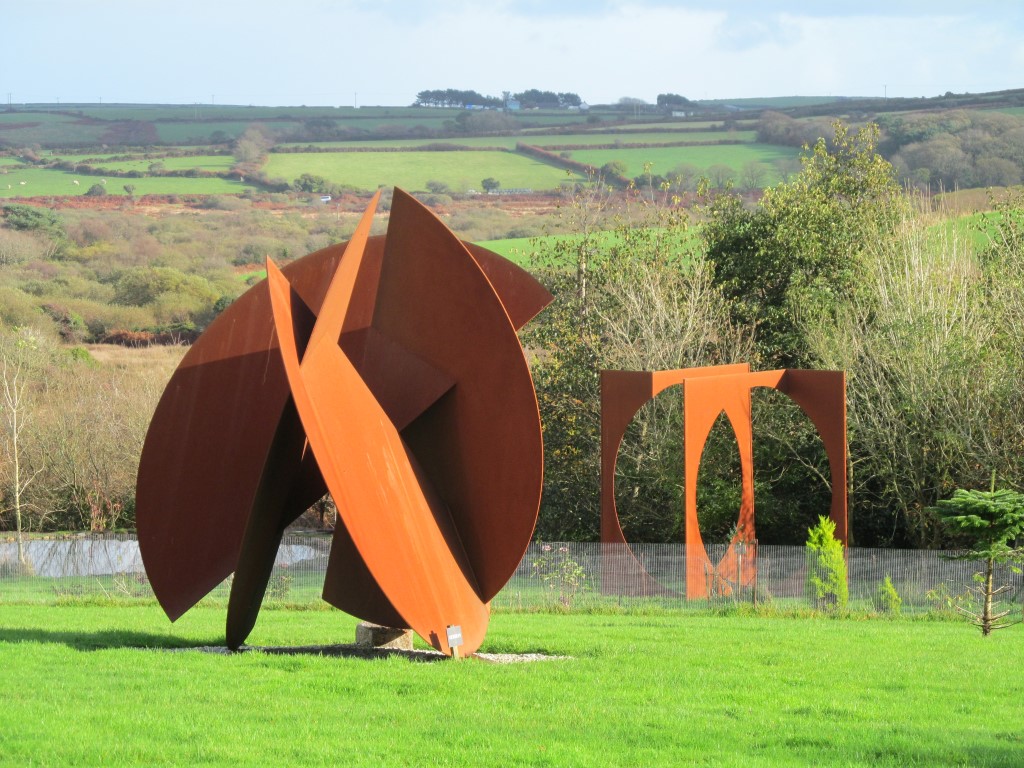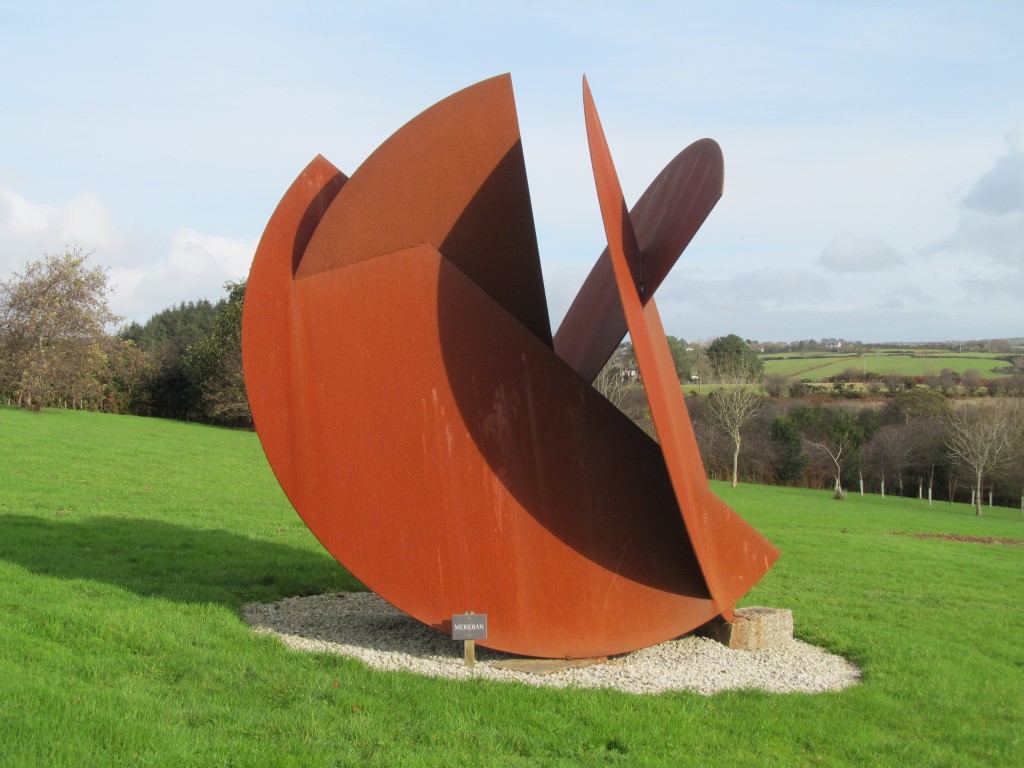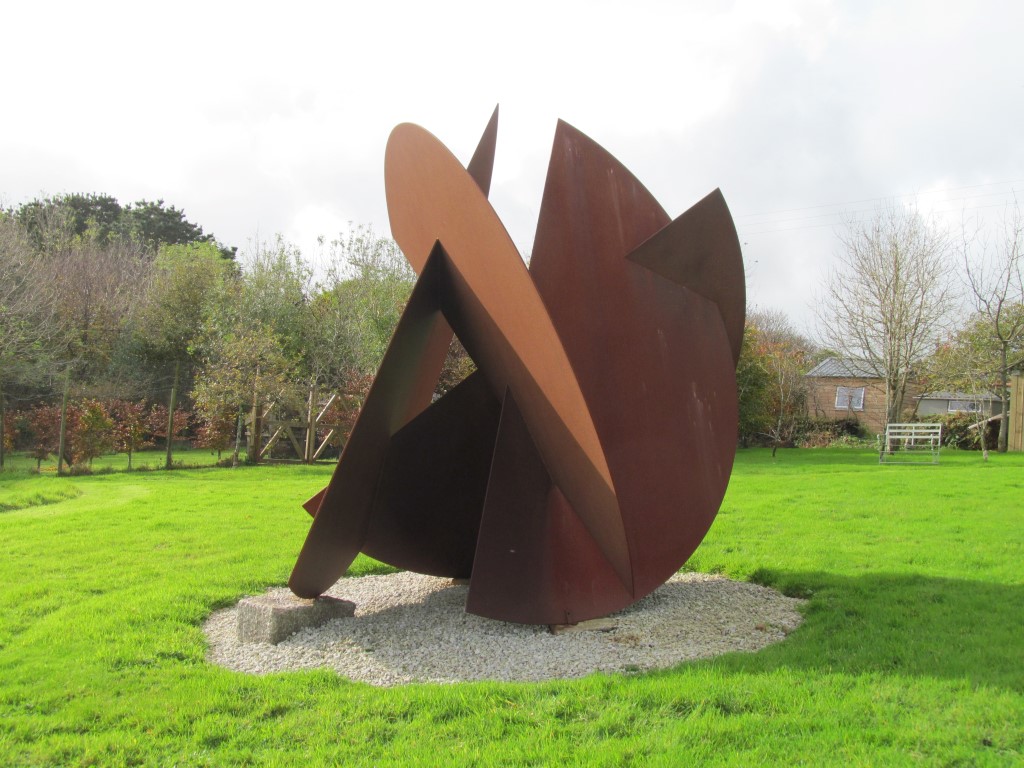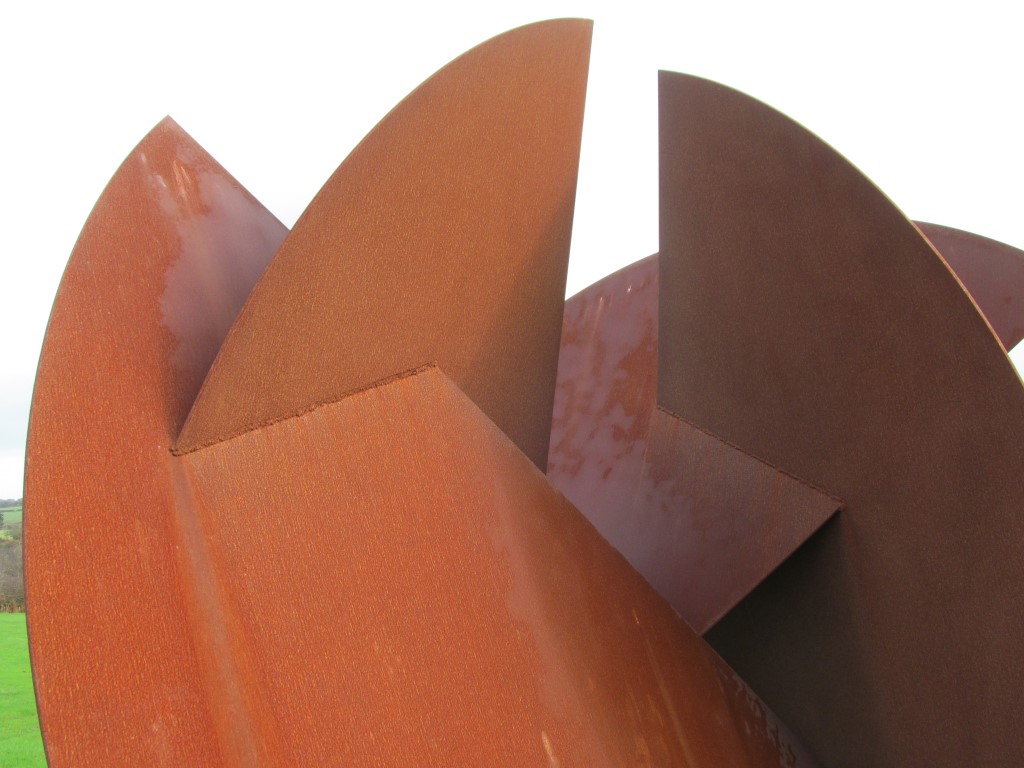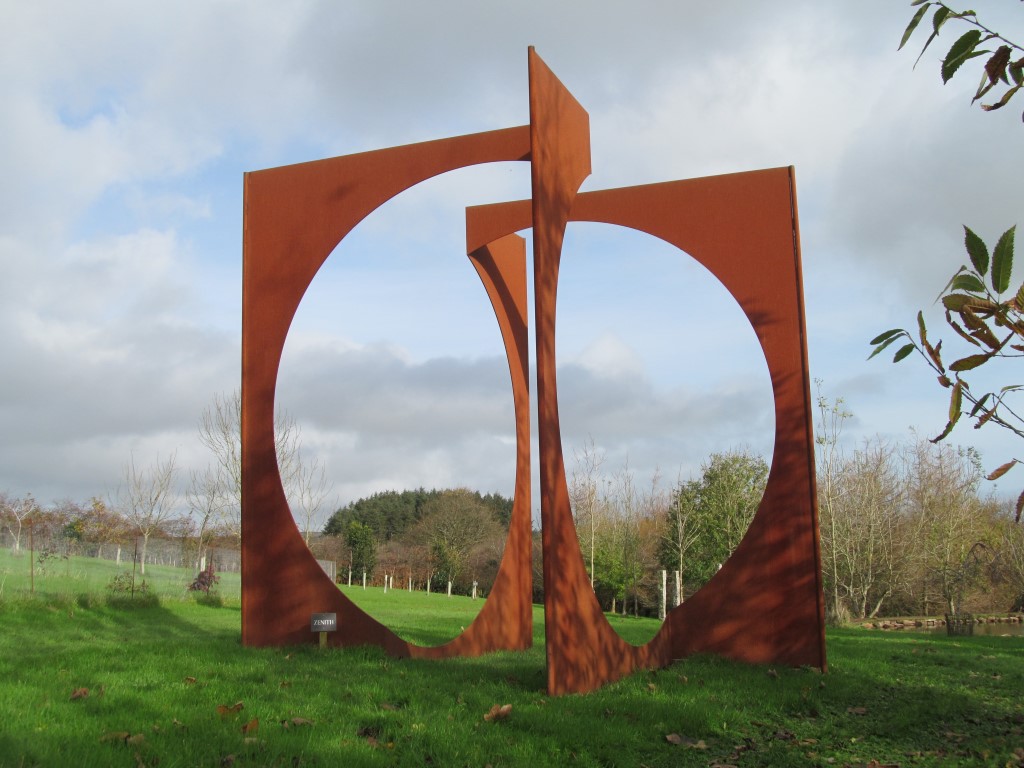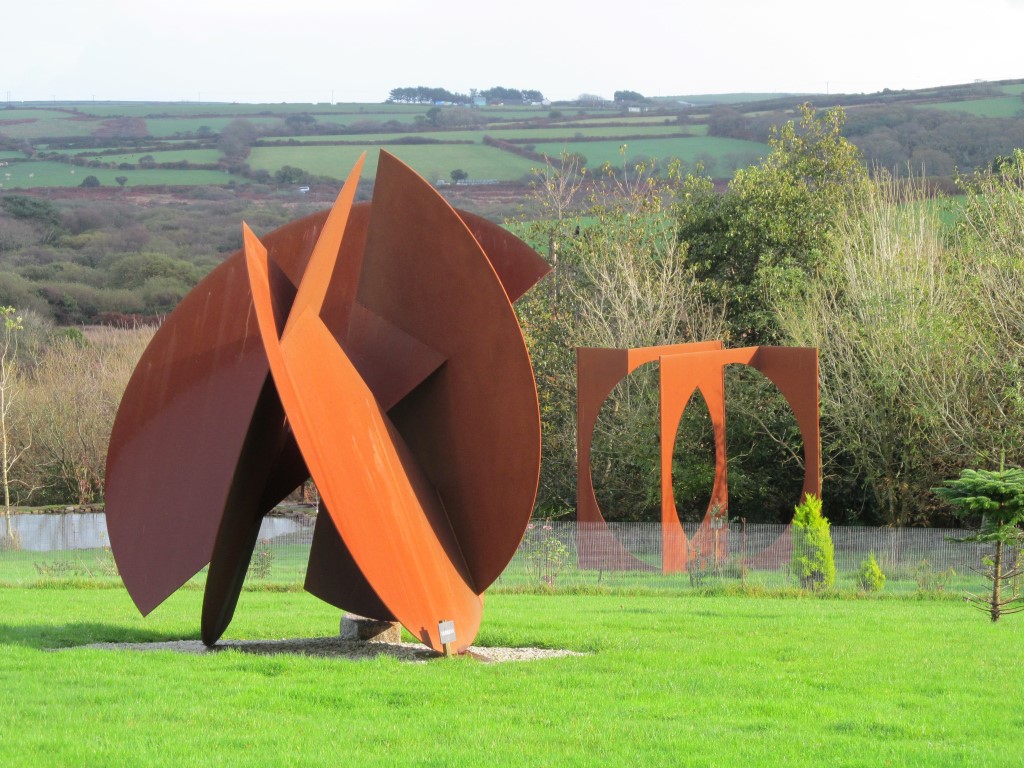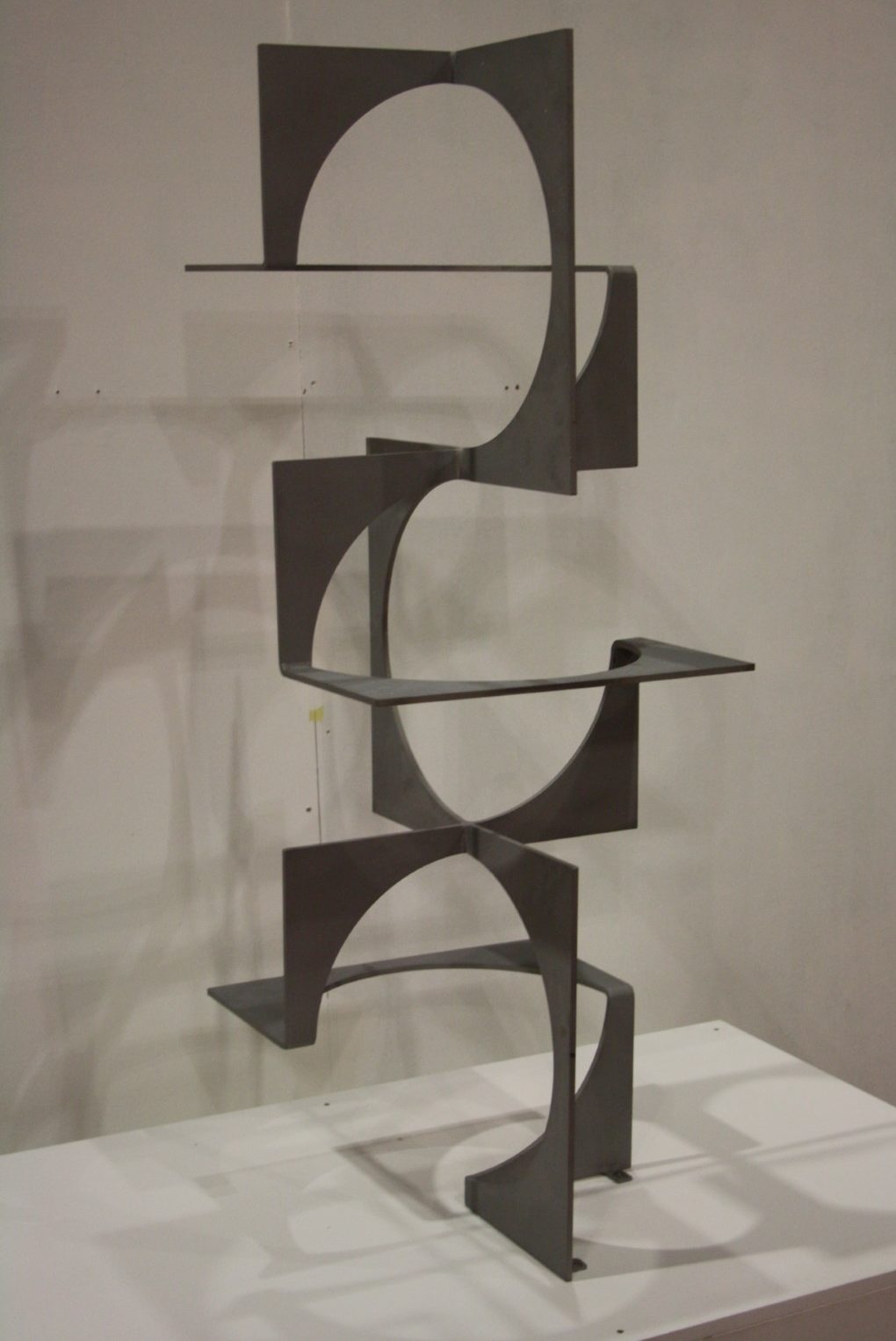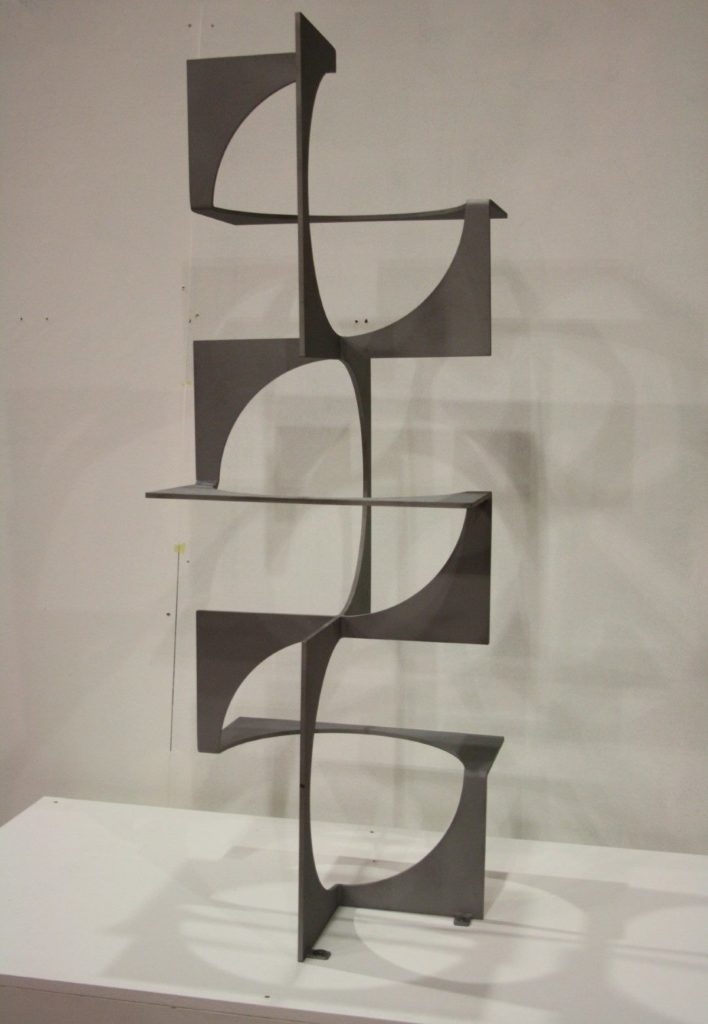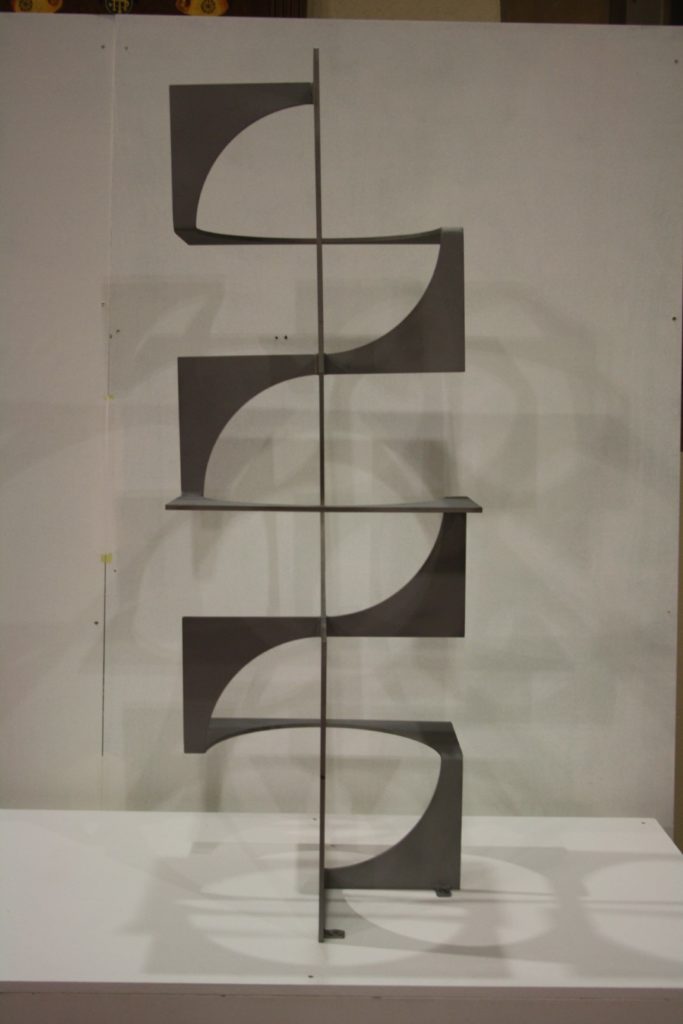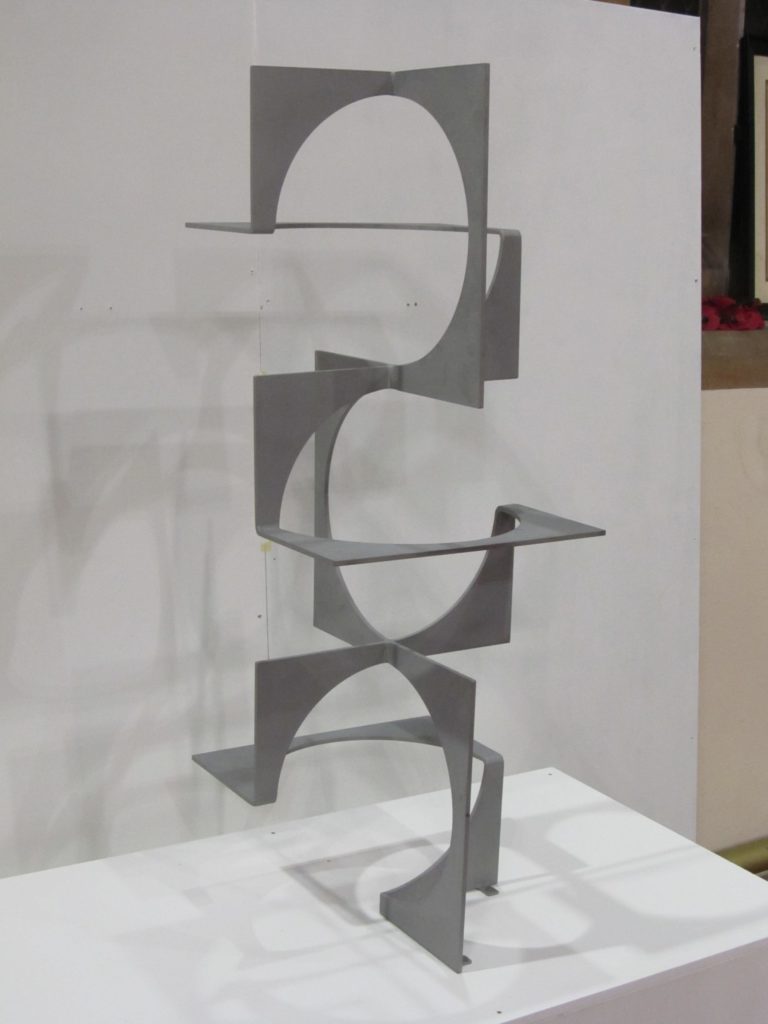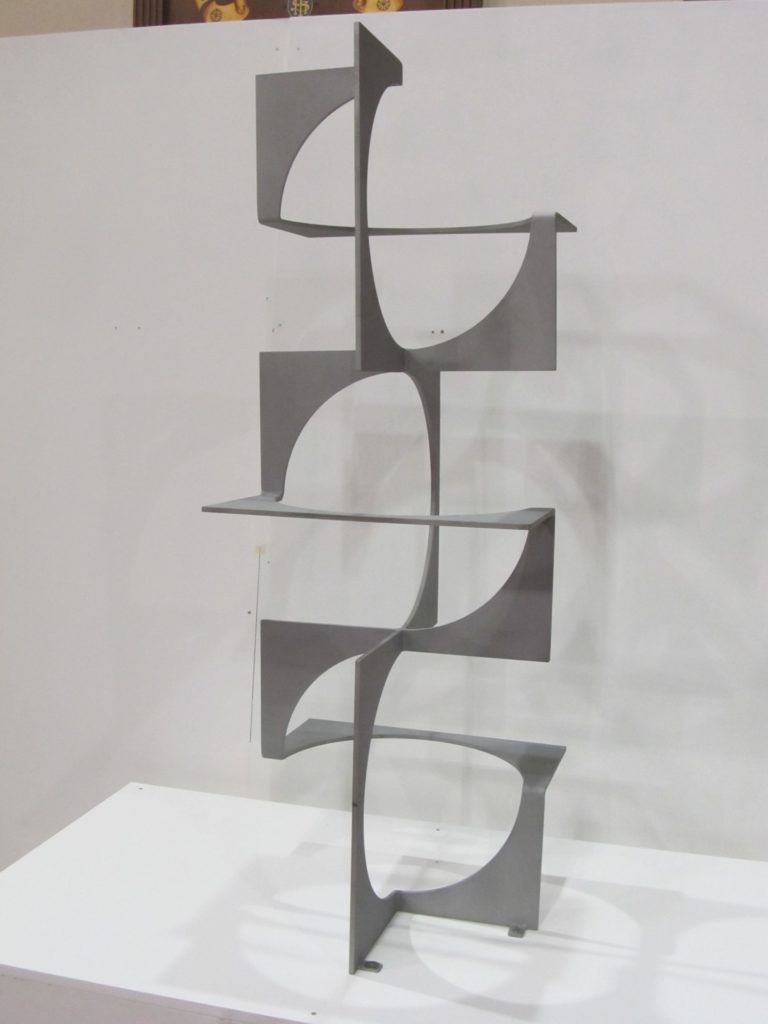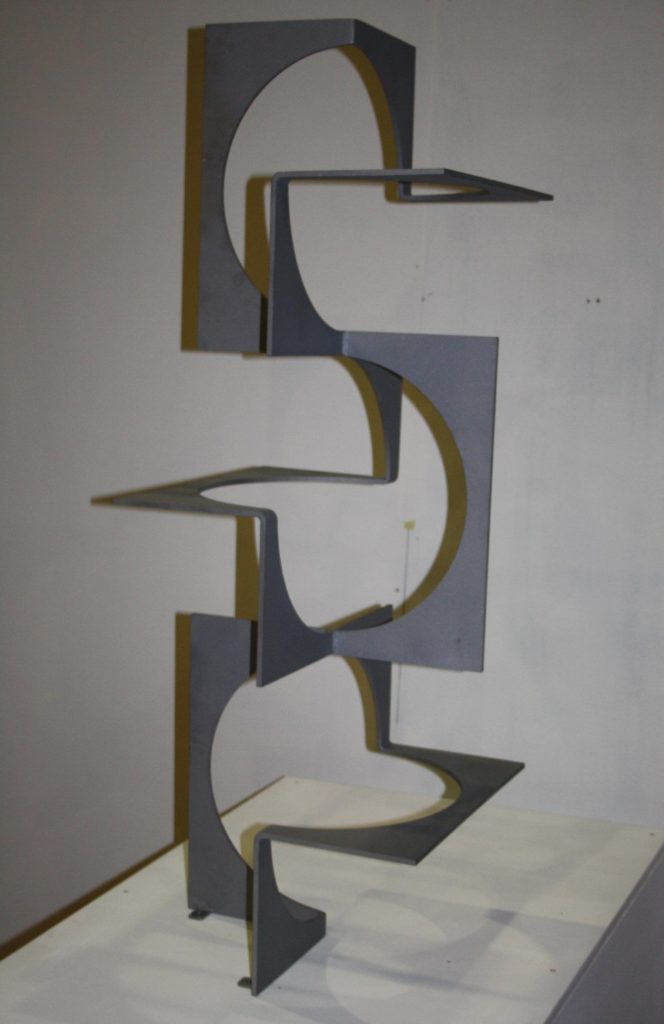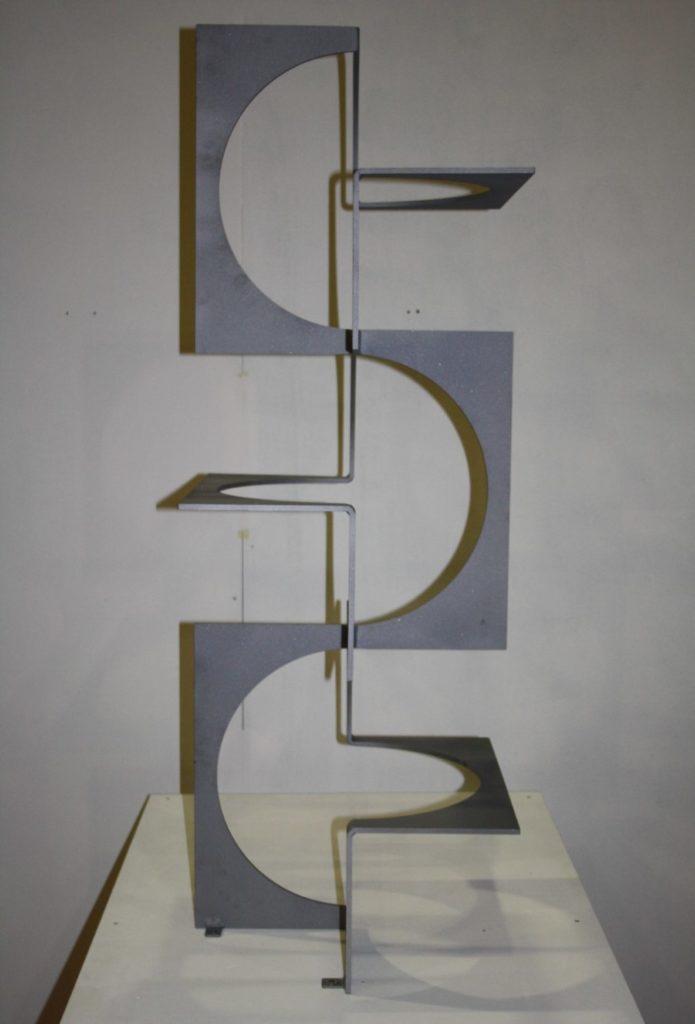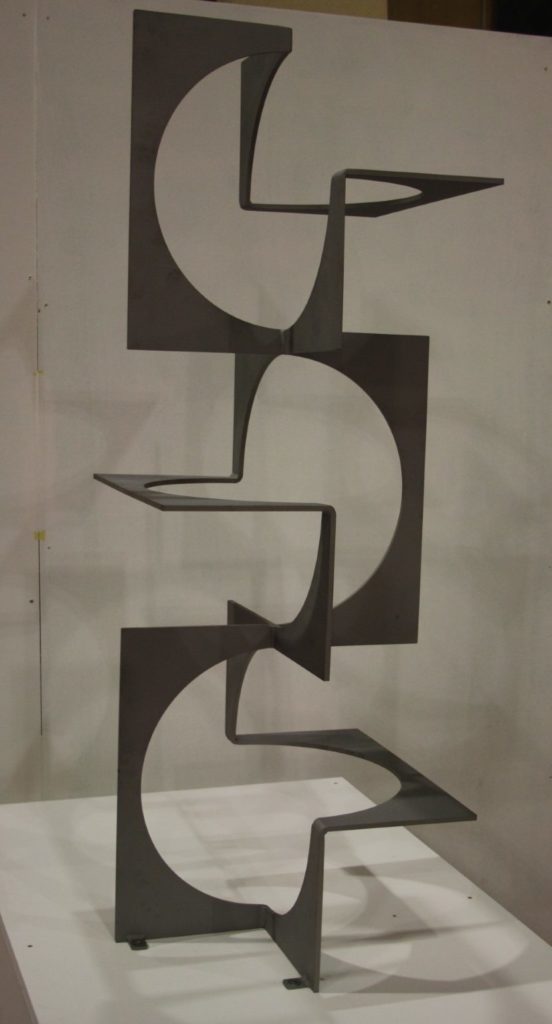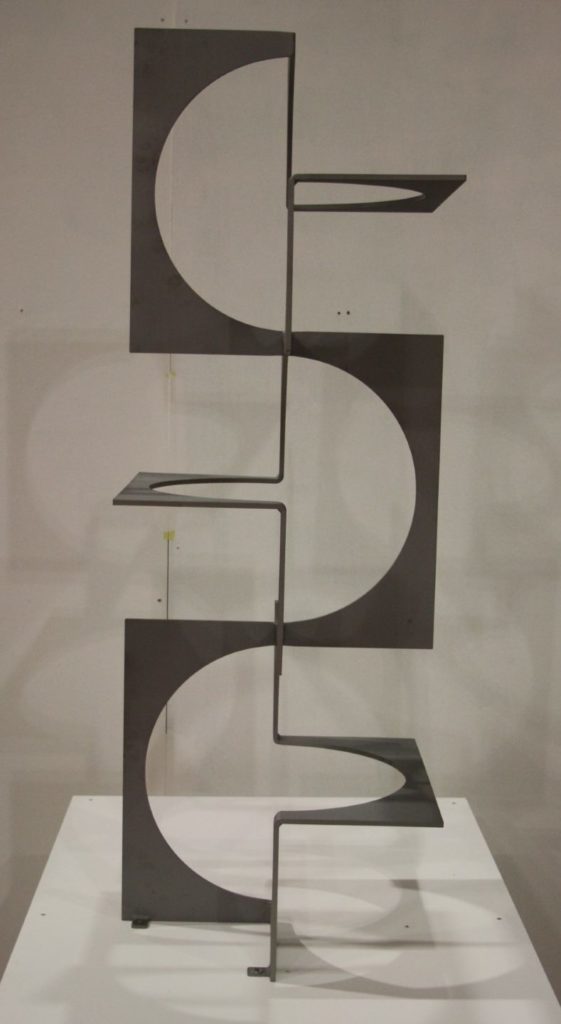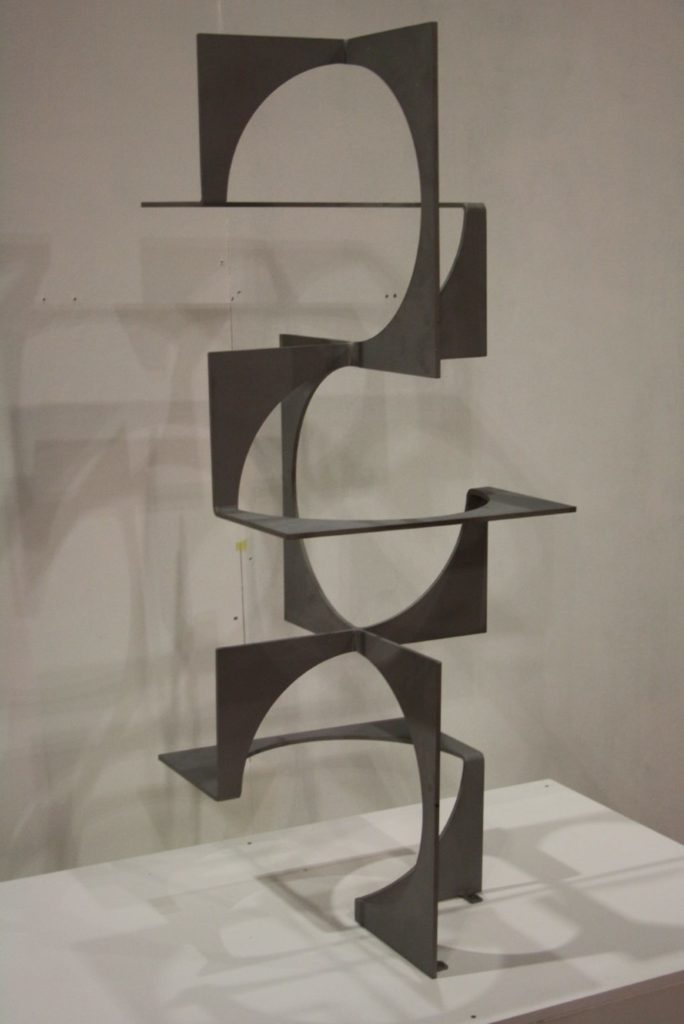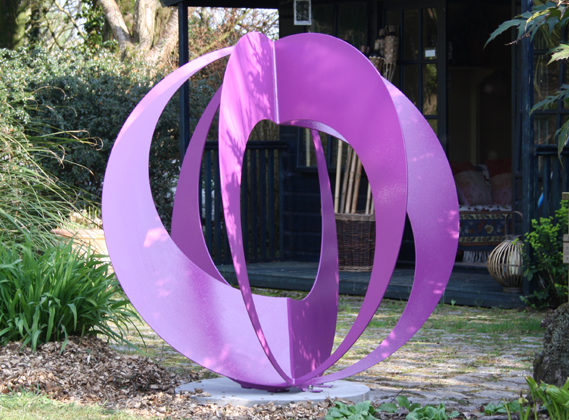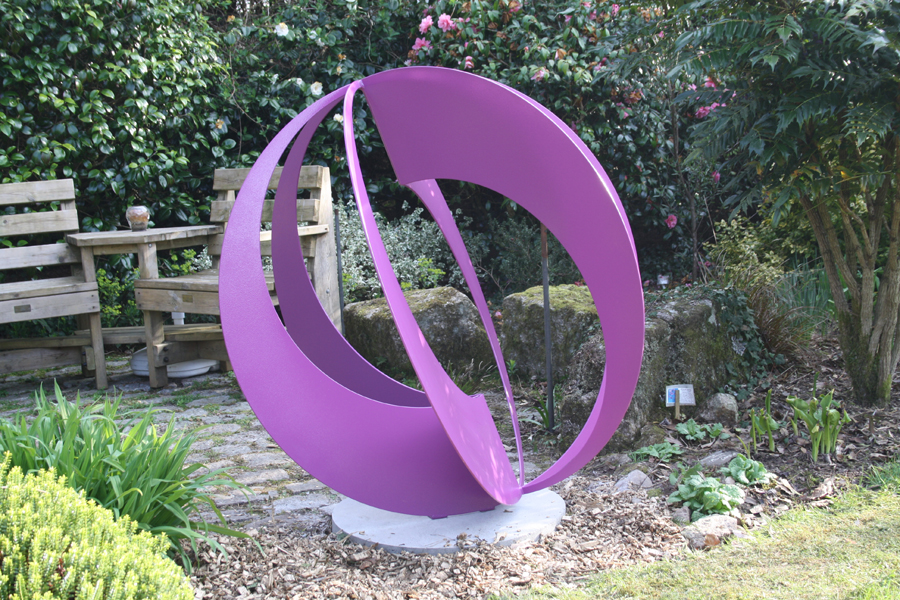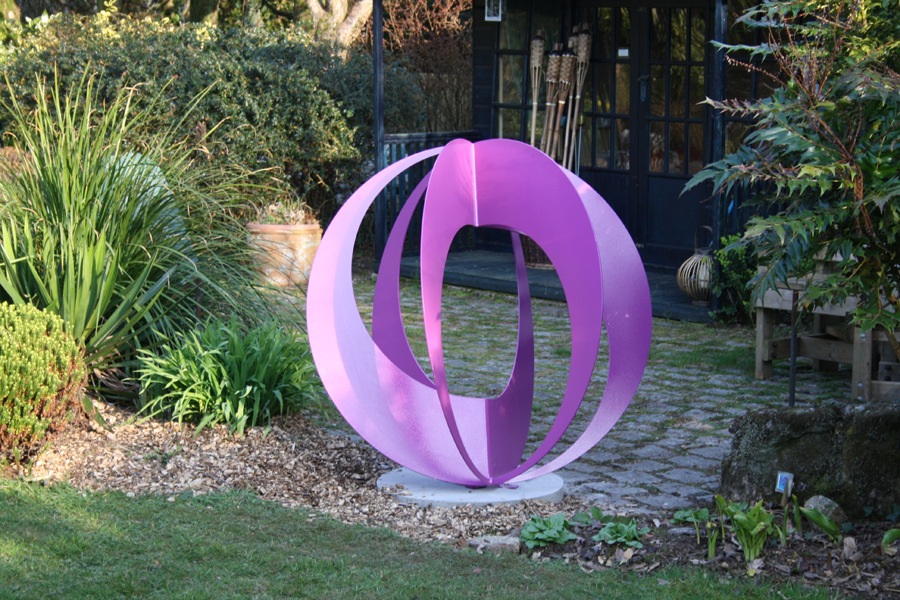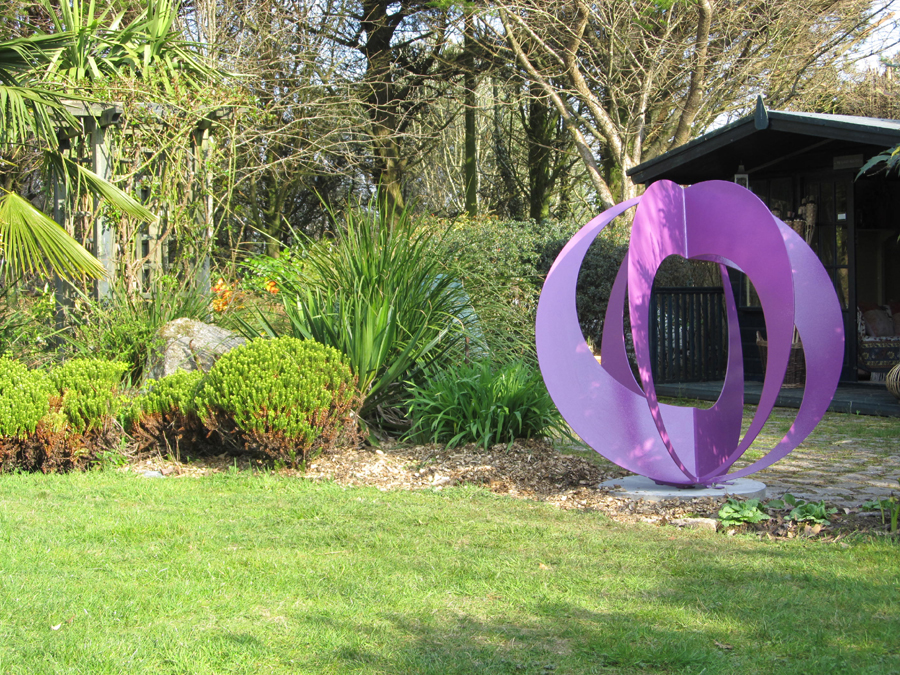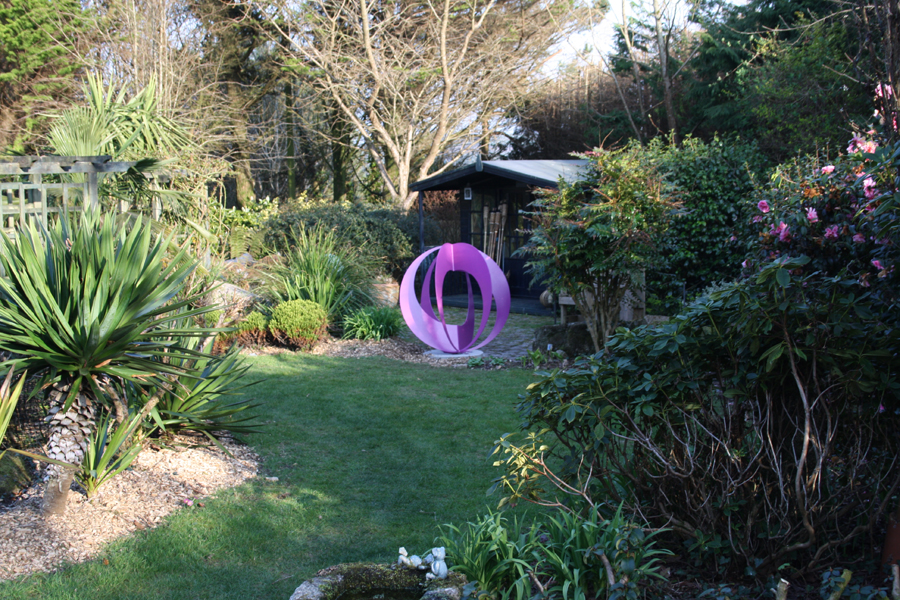Aurora
Stainless steel
2.4m height
Edition of 8
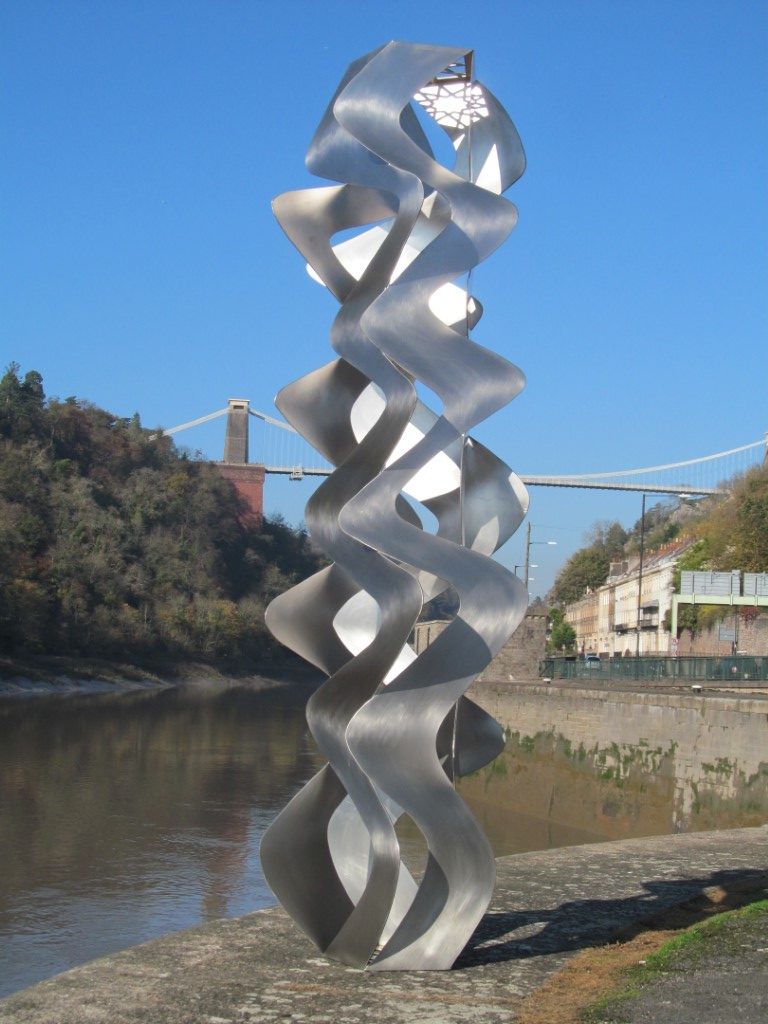





Aurora
This sculpture combines themes found in Islamic Art – the symmetries found in nature and in the geometric motifs found in the tiling, engraving and architecture of mosques. This work is a celebration of life – a celebration of light which supports and sustains life. The wave forms can be interpreted in different ways – they are light waves symbolising the journey of light from the sum to earth – an 8 second journey – their origin being so far away but being all around us. The waves make a connection between earth and the cosmos reaching upwards towards the sun.
Contained within the mesh of waves is the essence that supports existence. Oscillating between night and day light etches the horizons of life. Light is an intrinsic influence on all our souls and we respond to light in our own individual way. Light supports life with equal benevolence and is seen as a symbol of hope. Light goes beyond the skin, travelling deeper into us, transforming us.
Light allows us to see what is there and also the potential of what might be.
The sculpture allows for other interpretations. The form could be seen to be waves connecting with ocean – patterns created by sunlight reflecting in water or they could be waves created in the sand being blown by wind creating rippling waves in the dunes.
The sculpture is intended to be illuminated at night –adding another dimension to the work. Click here for more information on Pete’s Islamic series.
